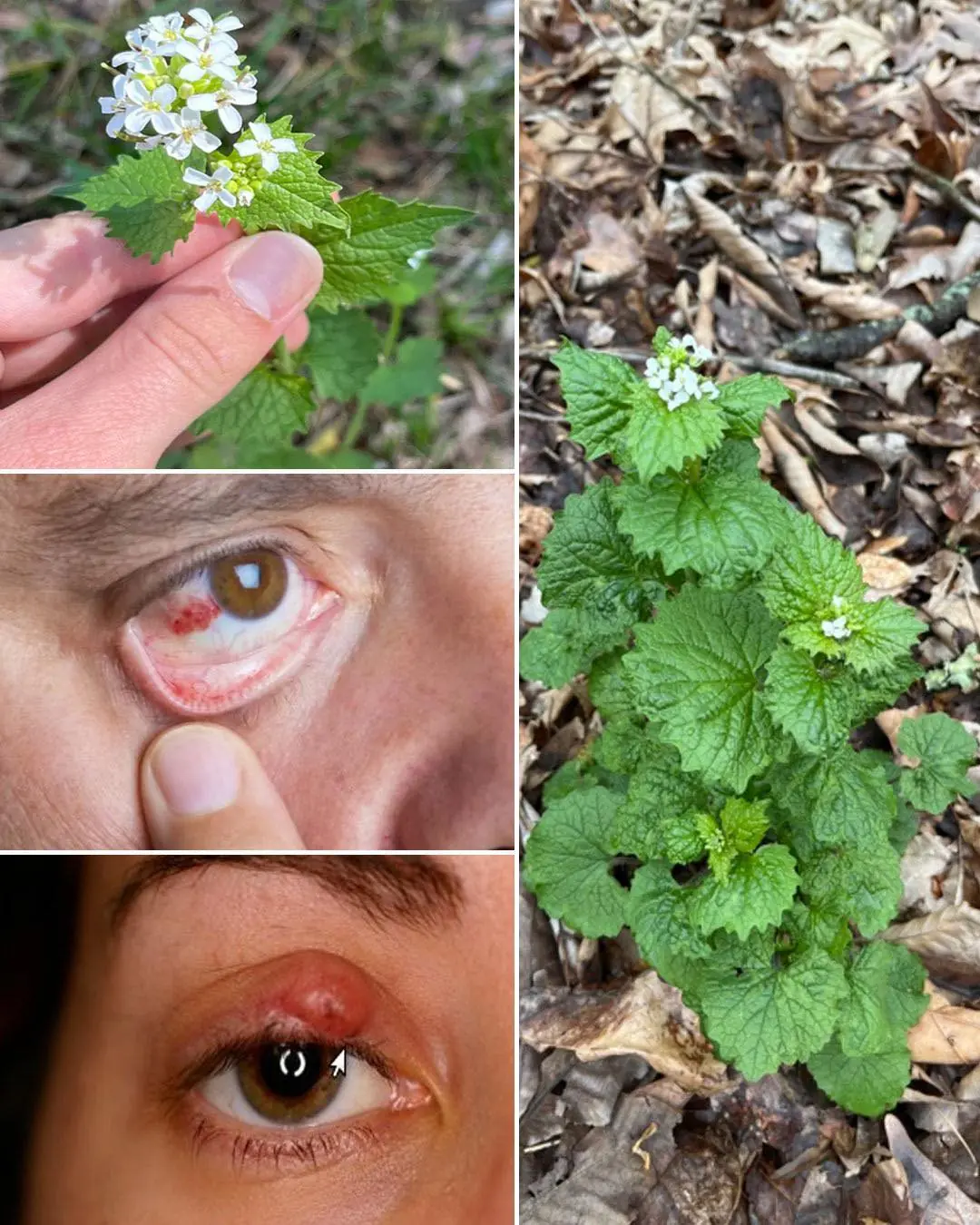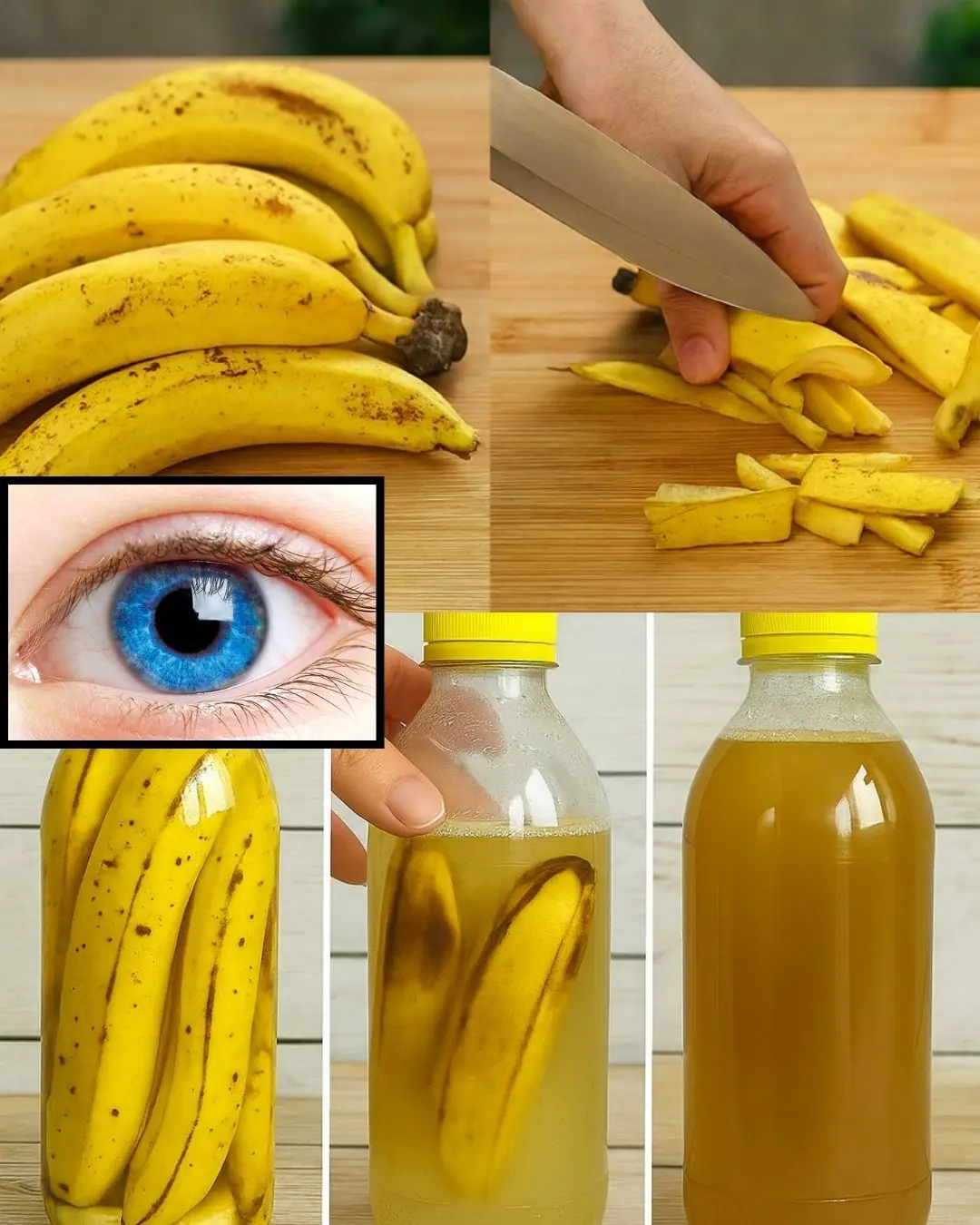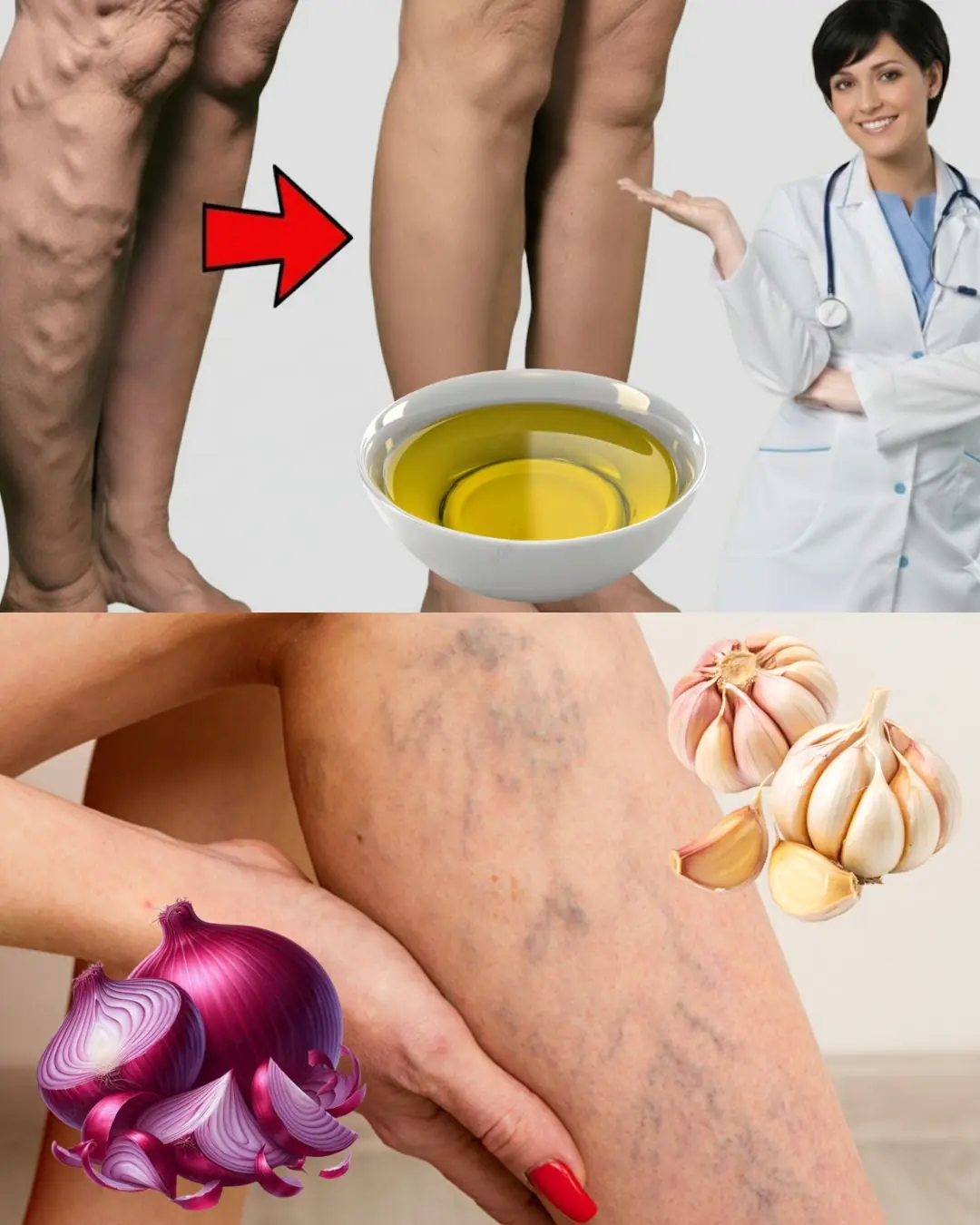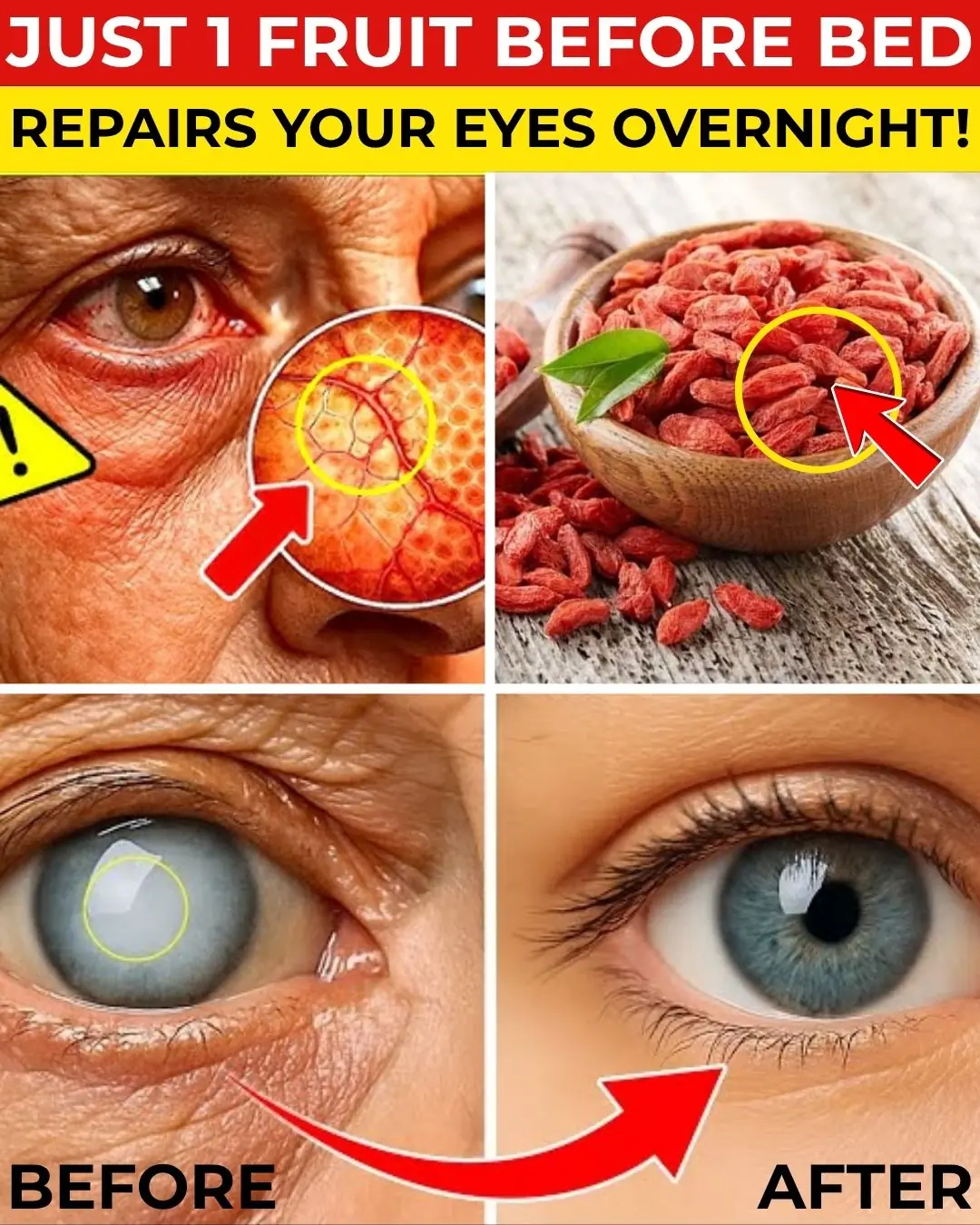
3 Home Remedies to get rid of Skin Tags – Skin Tag Removal
Skin tags are extremely common, benign skin growths that pose no medical threat. Though they are harmless, many people choose to remove them for cosmetic reasons or due to minor irritation caused by friction with clothing or jewelry. These small to medium-sized growths often appear in areas like the neck, chest, under the breasts, armpits, back, and even eyelids.
While skin tags are not contagious or dangerous, they can be bothersome, especially if they snag on clothing or jewelry. Understanding your options—both natural and medical—can help you decide the best way to deal with them.
What Causes Skin Tags?
There are several contributing factors behind the development of skin tags:
-
Genetics – Family history can play a role.
-
Type 2 Diabetes
-
Hormonal Imbalances
-
Obesity or Weight Gain
-
High Cholesterol
-
Pregnancy – due to hormonal fluctuations
-
Skin Friction – from tight clothing or skin rubbing together
Can Skin Tags Be Removed at Home?
Yes, since skin tags are generally harmless, many people opt to try home remedies before pursuing professional treatments. However, home methods are only effective on small, uncomplicated skin tags. If you experience pain, rapid growth, bleeding, or changes in color, consult a dermatologist immediately.
Top 3 Home Remedies to Remove Skin Tags
1. Tea Tree Oil
Tea tree oil is a natural antiseptic with powerful antifungal, antibacterial, and antiviral properties. It is a safe option for most skin types and may help dry out skin tags over time.
How to use:
-
Clean the affected area with soap and water and pat dry.
-
Mix a few drops of vitamin E oil with a few drops of tea tree oil.
-
Apply the mixture to the skin tag using a cotton swab.
-
Cover with a bandage and leave it on for 15–20 minutes.
-
Remove the bandage and rinse with lukewarm water.
-
Repeat daily until the tag dries up and falls off (may take 1–2 weeks).
Note: Discontinue if irritation occurs. Do a patch test before the first use.
2. Apple Cider Vinegar (ACV)
Apple cider vinegar is slightly acidic and may help break down the tissue around the skin tag.
How to use:
-
Mix 1 teaspoon of apple cider vinegar with 2 tablespoons of water to dilute it.
-
Soak a cotton ball in the solution and apply it directly to the tag.
-
Secure with a bandage and leave it on for about 20 minutes.
-
Remove the bandage, rinse, and pat dry.
-
Repeat twice a day.
Expected result: The tag may dry out and fall off in 2–4 weeks.
Caution: ACV may cause a mild burning sensation. If redness or pain develops, stop immediately.
3. Garlic Paste
Garlic contains sulfur-rich compounds that have anti-inflammatory and antimicrobial effects. It may help reduce the size of the tag and eventually cause it to fall off.
How to use:
-
Crush 1–2 garlic cloves into a fine paste.
-
Apply the paste directly to the skin tag.
-
Cover with a bandage and leave it on for 30 minutes.
-
Wash the area thoroughly with water.
-
Repeat daily until the tag falls off (may take several weeks).
Alternative: If raw garlic is too strong or causes irritation, try garlic oil instead.
Note: Garlic has a strong odor, and this remedy is less favored due to the smell and possible skin sensitivity.
Important Notes for Home Treatments
-
Only use these remedies on small, soft skin tags.
-
Do not attempt these treatments on your eyelids or near sensitive areas.
-
Stop immediately if you notice redness, swelling, or discomfort.
-
Never attempt to remove large, hard, or irregular-looking tags on your own.
-
Don’t confuse skin tags with moles, warts, or other skin conditions—which require different treatments.
When to See a Doctor
You should consult a healthcare provider if:
-
The tag is painful, rapidly growing, or bleeding.
-
You’re unsure whether it’s a skin tag or another condition (like a wart or mole).
-
You have a large number of skin tags that appear suddenly.
-
You want immediate or scar-free removal.
Professional Medical Treatments for Skin Tags
If home remedies aren’t working or if you prefer quicker, more reliable results, medical removal is a safe option. These procedures are typically performed by dermatologists or general practitioners.
1. Cryotherapy (Freezing)
-
Method: Liquid nitrogen is applied to freeze the tag.
-
Timeframe: Tag falls off in 7–10 days.
-
Pros: Quick, minimal discomfort.
-
Cons: May cause slight blistering or temporary discoloration.
2. Electrosurgery (Burning)
-
Method: A high-frequency electric current burns through the base of the tag.
-
Timeframe: Immediate removal.
-
Pros: Fast, effective.
-
Cons: Requires local anesthesia; may cause minor scabbing.
3. Excision (Cutting Off)

-
Method: The tag is snipped off using sterile scissors or a scalpel.
-
Timeframe: Immediate.
-
Pros: Done in-office, simple.
-
Cons: Small risk of bleeding; sterile tools and setting required.
4. Ligation (Tying Off)
-
Method: A surgical thread or band is tied tightly around the tag, cutting off blood flow.
-
Timeframe: Tag dries up and falls off in 5–10 days.
-
Pros: Low risk of scarring.
-
Cons: Can be mildly uncomfortable.
5. Laser Removal
-
Method: Laser cauterizes the base of the skin tag.
-
Timeframe: Immediate; healing within a few days.
-
Pros: Minimal bleeding, precise.
-
Cons: May be more expensive and not available in all clinics.
Final Thoughts
While skin tags are not harmful, they can still be a cosmetic nuisance. Whether you choose to try home remedies or go for professional removal, make sure to monitor your skin and consult a medical professional if you're unsure about any skin changes. DIY treatments can be helpful for small, soft skin tags, but always prioritize safety—especially when it comes to your skin.
News in the same category


10 Vaseline Hacks You Probably Haven’t Tried Yet

The Remarkable Benefits of Aridan (Tetrapleura tetraptera)

Purslane: The Superfood That Tastes Better Than Meat – 7 Reasons to Grow It in Your Garden

The Secret Power of Plantago Major that no one knows

10 benefits of pigweed

Garlic Mustard: The Overlooked Herb That Can Boost Your Health — Especially Your Eyes

Exploring the Health Benefits of Common Mallow: A Nutritional Powerhouse

Bananas, Garlic, and Dates: The Powerful Health Combo

Benefits and Uses of Taro (Colocasia esculenta)

Don’t Toss Banana Peels If You Don’t Know How They Can Boost Your Wellness

Cancer Dies When You Eat These 8 Foods: Harnessing Nature’s Power

Japan’s Oldest Doctor: Can’t Sleep Through the Night? Use Garlic This Way for Deep Rest in 3 Nights

🌱 How Papaya Seeds Can Erase 10 Common Health Issues Naturally!

Cloves, ginger, and a Lipton tea bag combined are worth gold

Garlic: Nature’s Secret to Soothing Varicose Veins Naturally

✨ DIY Tomato, Turmeric & Sugar Scrub for Naturally Glowing Skin

Seniors, Eat This Fruit Before Bed to Repair Your Eyes & Vision During Sleep | Senior Health Tips
News Post

Jennifer Hudson Champions Musical Inclusivity Amid Super Bowl Language Debate

Jennifer Hudson Cheers on Bad Bunny’s Super Bowl Swagger — and Starts Learning Spanish Herself

Charli XCX shares cryptic video after Taylor Swift’s ‘Actually Romantic’ diss

NY authorities clamp down on liquor store openings citywide as booze demand plummets

Desperate rescue effort underway to save hundreds of hikers stuck on Mount Everest after snowstorm

Six signs you may be a functioning alcoholic according to doctor

Pineapple Water: A Refreshing Drink That Supports Your Health

The Silent Threat: Recognizing Early Signs of Kidney Disease and Lifestyle Prevention

A Heartwarming Encounter: A Child’s Innocence and the Power of Love.

The Stranger Who Stopped: How One Man’s Compassion Saved a Life on a Busy Georgia Road

Baking Soda (Bicarbonate of Soda): Uses and Benefits (Science Based)

A Father’s Day Gift Like No Other: A Daughter’s Kidney, A Father’s Second Chance

Benefits of Walking: Why Walking is One of the Best Forms of Exercise 🚶♀️

Maliyah’s Fight: A Fifteen-Year-Old Cheerleader Battling Stage 4 Cancer With Courage and Faith

No Cake, No Balloons: A Firefighter’s Quiet Birthday of Purpose and Service

Orangutan Secretly Watches Over Woman During Jungle Survival Challenge

“The Stranger on a Plane: How One Man’s Kindness Gave a Mother the Gift of Rest”

A Little Fighter’s Final Victory: Remembering Bryson’s 1,027-Day Battle

A Match Made in Dog Heaven: A Toddler and Her Puppy Who Share a Special Bond
